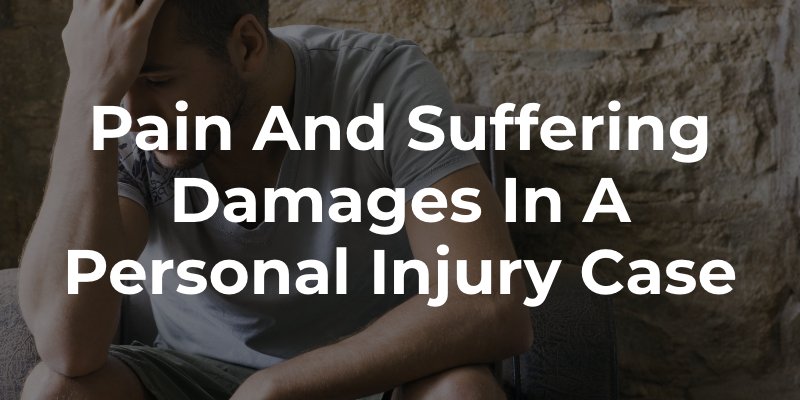Our attorneys have been assisting the Orange County and Southern California communities for over 40 years.
Individuals who sustained an injury often have to worry about more than just the outward visible physical trauma. Unfortunately, particularly for moderate to severe injuries, individuals can experience a range of pain and suffering at a physical, psychological, and emotional level. To account for this, personal injury claims often allow individuals to recover “pain and suffering” damages, which are actually classified as non-economic damages. Here, we want to define these damages, but we encourage you to speak to a skilled Orange County personal injury lawyer who can help you if you have been harmed due to the negligent actions of someone else.

Pain and suffering damages refer to the non-economic (more immeasurable by typical methods) damages that a person endures as a result of an injury. These damages go beyond the tangible financial costs and cover the more subjective impacts of an injury. Pain and suffering can encompass:
Calculating pain and suffering damages can be challenging due to their subjective nature. Unlike economic damages, such as medical bills and lost wages, pain and suffering do not have a clear monetary value. However, there are common methods used to estimate these damages:
The multiplier method involves multiplying the total amount of economic damages by a certain number, usually between 1.5 and 5. The multiplier chosen depends on the severity of the injury and the extent of the pain and suffering endured. For example, if the economic damages amount to $20,000 and a multiplier of 3 is applied, the pain and suffering damages would be $60,000.
The per diem method assigns a daily value to the pain and suffering experienced and then multiplies this amount by the number of days the victim is expected to experience pain. For instance, if a daily rate of $100 is assigned and the victim is expected to suffer for 200 days, the total pain and suffering damages would be $20,000.
In some cases, a combination of the multiplier and per diem methods is used. This approach can provide a more accurate reflection of the pain and suffering endured, especially in complex cases where the injury has long-term impacts.
Several factors can influence the amount awarded for pain and suffering damages in a personal injury case. These include:
An experienced personal injury attorney can help you evaluate the value of your pain and suffering damages. Reach out to our firm today to schedule a free consultation.